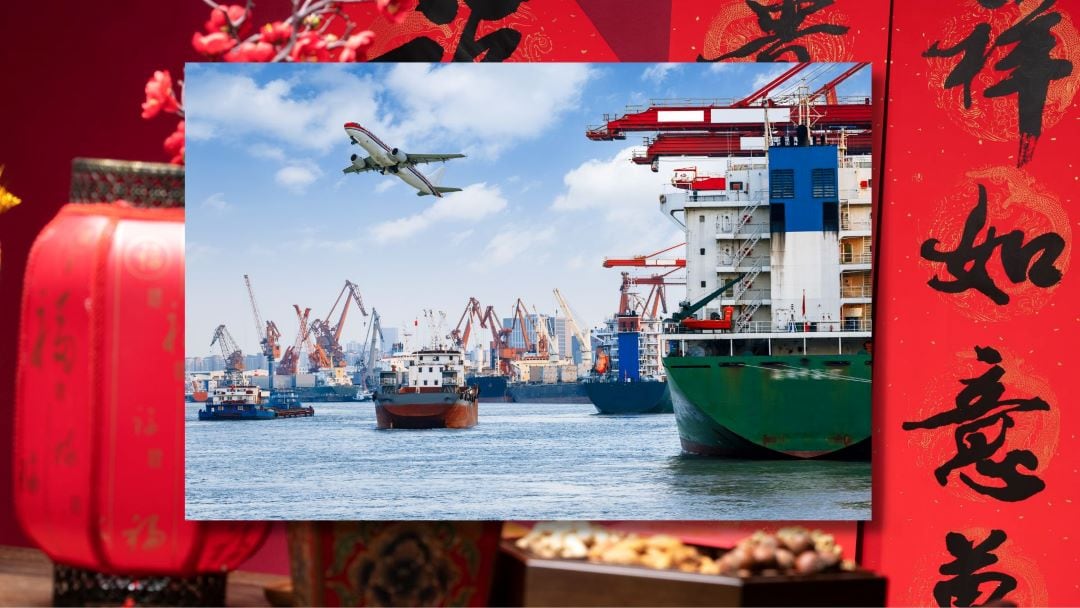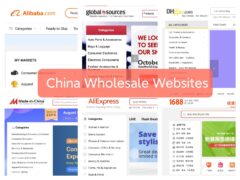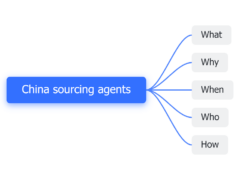This short post aims to help you know more about the Chinese New Year (CNY), also known as the Spring Festival, and better plan your import from China.
Table of Contents
What is the Chinese New Year

The Chinese New Year, also known as the Spring Festival, is the most important traditional festival in Chinese culture.
It marks the beginning of the lunar new year and is celebrated by billions of people around the world, predominantly those of Chinese descent.
The festival is characterized by family reunions, feasting, fireworks, gift-giving, and various cultural customs and traditions aimed at ushering in good luck and prosperity for the coming year.
Each Chinese New Year is associated with one of the 12 animals of the Chinese zodiac, rotating in a 12-year cycle.
When is the Chinese New Year
The date varies each year, typically falling between January 21st and February 20th, based on the lunar calendar.
Here are the Chinese New Year dates for the next 10 years:
- 2024: February 10th (Year of the Dragon)
- 2025: January 29th (Year of the Snake)
- 2026: February 17th (Year of the Horse)
- 2027: February 6th (Year of the Goat)
- 2028: January 26th (Year of the Monkey)
- 2029: February 13th (Year of the Rooster)
- 2030: February 3rd (Year of the Dog)
- 2031: January 22nd (Year of the Pig)
- 2032: February 10th (Year of the Rat)
- 2033: January 29th (Year of the Ox)
When do factories close before and open after the Chinese New Year
Factories in China typically close before and open after the Chinese New Year to accommodate the holiday festivities and the migration of workers back to their hometowns.
The exact dates vary each year and can depend on individual company policies, regional customs, and government regulations.
Generally, factories start to wind down operations around 10-30 days before the Chinese New Year’s Eve.
After the Chinese New Year holiday, factories gradually resume operations, but the exact timing can vary.
Some factories reopen shortly after the holiday, which is 7 days officially nationwide, while others might remain closed for a week or longer, depending on factors such as workforce availability, logistics, and order backlogs.
Generally, it takes about one to two weeks for production to return to full capacity as workers return from their hometowns and settle back into their routines.
When do shipping services close before and open after the Chinese New Year
Similar to factories, the exact dates can vary depending on the specific shipping company, port schedules, and other factors.
However, most shipping agents will work until, or a few days prior to, the official start date of holiday because they’re usually very busy fullfilling orders then.
They often reopen at the same time of the national holiday, or a few days after that.
In general, there can be 7-14 days off.
What to prepare for the Chinese New Year
- Order in Advance: Place orders well in advance of the Chinese New Year to ensure that shipments are processed and dispatched before factories and logistics companies close for the holiday.
- Communication with Suppliers: Maintain open communication with your suppliers to understand their holiday schedule and any cutoff dates for orders. Clarify lead times and delivery schedules to avoid misunderstandings.
- Stock Inventory: Consider stocking up on inventory to cover the period during and immediately after the Chinese New Year when production and shipping may be delayed. This can help prevent stockouts and disruptions to your business operations.
- Arrange for Pre-shipment Inspections: Conduct pre-shipment inspections to ensure the quality and compliance of the goods before they are shipped from China. This can help avoid costly issues and delays later on.
By taking these proactive measures, you can minimize the impact of the Chinese New Year holiday on your import operations and ensure a smooth and uninterrupted supply chain.





